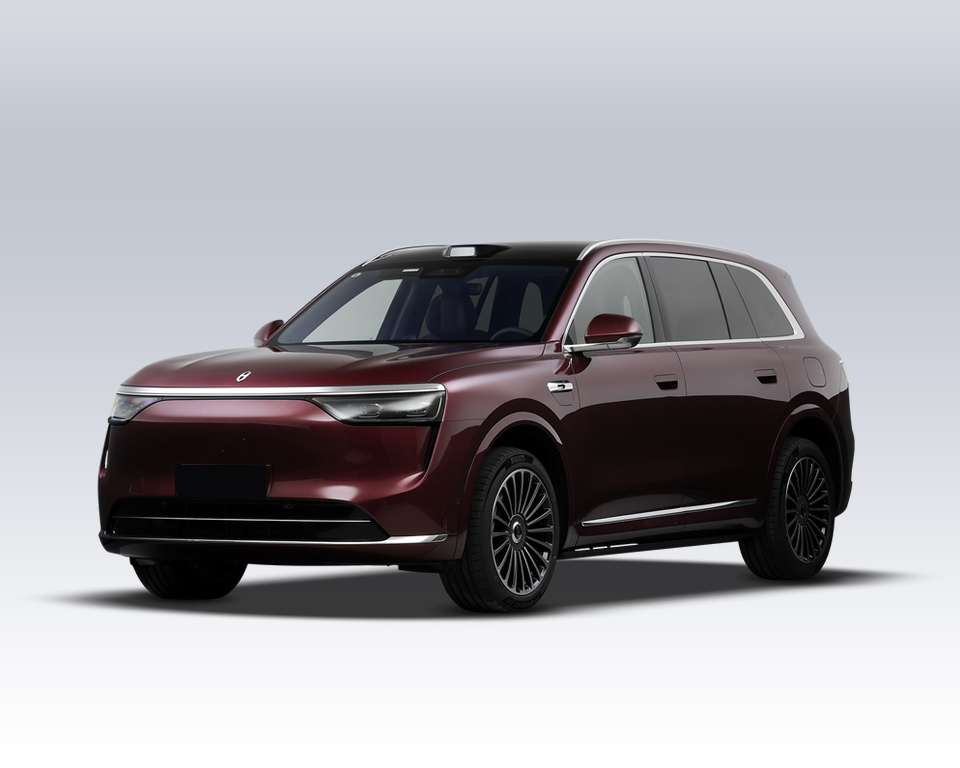A Complete Guide to Automotive Lighting: Halogen, Xenon HID, and LED – Which One Should You Choose?
When the sun goes down, your car’s headlights become your eyes on the road. Automotive lighting isn’t just about visibility — it’s about safety, efficiency, comfort, and even style. In today’s market, three main lighting technologies dominate: Halogen, Xenon HID, and LED. Each offers unique features and performance characteristics, and choosing the right one means balancing your needs, driving conditions, and budget.
Let’s dive into the key differences and which option suits you best.
Catalog

Halogen Headlights: The Classic Choice That’s Fading
🔧 How It Works
Halogen lights are a step up from traditional incandescent bulbs. By injecting halogen gases like iodine or bromine into the bulb, a regenerative cycle is created with the tungsten filament, slowing down wear and prolonging the bulb’s life—about 4x longer than standard incandescent.
✅ Pros
Affordable: Simple structure = low manufacturing and maintenance cost.
Easy to Install: No wiring changes needed.
Great in Foggy Weather: The yellowish light (~3200K) cuts through rain and fog effectively, which is why they’re still popular as fog lights.
❌ Cons
Low Brightness and Efficiency: Converts only ~5% of energy into light.
Short Lifespan: Typically lasts around 500 hours.
High Heat Output: Higher wattage (55W–70W) means more energy lost to heat.
👌 Best For
Budget vehicles, fog lights, or drivers in frequently foggy/rainy regions. If your vehicle comes with halogen headlights and you’re not ready for a full upgrade, high-performance halogen bulbs can offer a modest improvement.

Xenon HID: High Brightness, But a Dying Breed
🔧 How It Works
HID (High-Intensity Discharge) xenon lamps create light by igniting xenon gas with high-voltage electricity, producing an intense arc of light. The result is a daylight-like beam (4000K–6000K) that’s 2–3 times brighter than halogen.
✅ Pros
Incredible Brightness: Up to 5x brighter than halogen (3000+ lumens).
Longer Life: Averages 3000 hours.
Energy Efficient: Only 35W power draw – 30% less than halogen.
❌ Cons
Startup Delay: Takes 2–3 seconds to reach full brightness.
Complex Installation: Requires ballasts and projector lenses.
Costly Repairs & Safety Risks: High-voltage components may degrade or pose fire risks if improperly installed.
👌 Best For
Premium or mid-range vehicles that prioritize long-distance visibility. That said, HID systems are slowly being replaced by LEDs due to complexity and evolving technology.

LED Headlights: The Smart, Energy-Efficient Future
🔧 How It Works
LEDs (Light Emitting Diodes) use semiconductor materials to emit light through electronic excitation, not heat. No filament means instant-on response and long-lasting durability. They also offer flexible light color options — from warm white (2700K) to cool white (6500K), or even RGB for aesthetic lighting.
✅ Pros
Brilliant Brightness: Often 4000+ lumens.
Super-Efficient: Over 80% energy efficiency, easing the load on vehicle power systems.
Ultra-Long Lifespan: 30,000–50,000 hours.
Smart Features: Matrix beam design, adaptive high/low beam, integrated with sensors for turns and obstacles.
❌ Cons
High Initial Cost: Advanced systems require heat sinks, fans, and smart control modules.
Fog Penetration Can Vary: Some cool-white LEDs struggle in fog unless specifically designed with lower color temperatures (3000K–4300K).
Thermal Management Needed: Proper cooling is essential to maintain performance and durability.
👌 Best For
High-end passenger cars, EVs, and tech-savvy users who want both performance and design flexibility. Perfectly suited for the compact, aerodynamic styling of modern electric vehicles.

Which One Should You Choose? Matching Lights to Your Driving Needs
| Driving Scenario | Recommended Light Type |
|---|---|
| Urban Commuting | LED (energy-efficient & long-lasting) |
| Long-Distance/Off-Road | HID Xenon + projector setup |
| Rainy/Foggy Regions | Halogen or low-color-temp LED (3000K–4300K) |

Market Trends: Where Is the Industry Headed?
LED Takes the Lead: In 2023, LED headlights made up 45% of the global market. That number is projected to hit 60% by 2030.
Asia-Pacific Leads the Surge: With 40% of global share, the region is growing rapidly due to widespread EV adoption and supportive regulations.
Smart Headlights Are Coming: Matrix LEDs, laser beams (up to 600m range), and AI-integrated lighting systems are on the horizon, tightly integrated with autonomous driving tech.
Perfect Match for EVs: LED’s efficiency extends EV range, while compact size fits sleek EV designs.

Final Thoughts: Light the Way, Smartly
The best headlight isn’t just about brightness — it’s about matching your lighting solution to how and where you drive.
Halogen: Still viable for cost-conscious drivers or rainy regions.
HID Xenon: Powerful, but best suited for those willing to invest in a professional setup.
LED: The future of automotive lighting — combining performance, intelligence, and energy savings.
No matter your choice, always ensure proper installation and compliance with local regulations. As technology continues to evolve, expect even more innovations like laser headlights and adaptive lighting systems to revolutionize how we see and drive at night.
Please explore our blog for the latest news and offers from the EV market.





